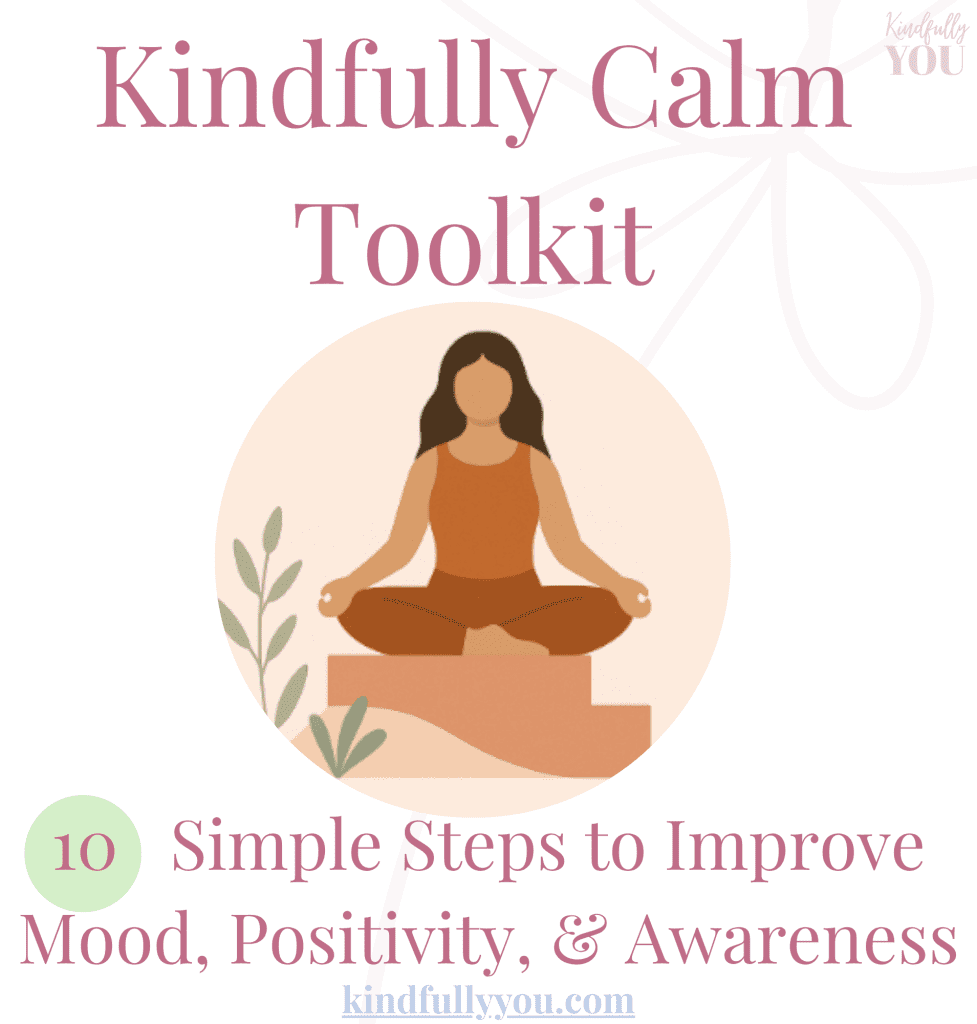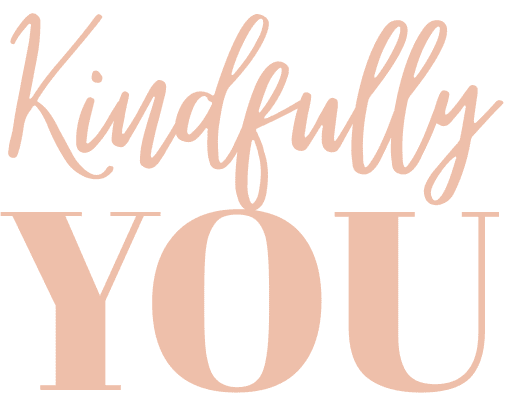In a world where everything (and everyone) is vying for your attention—notifications, laundry, the dog, your own buzzing brain—focusing can feel like a superpower. But good news: you don’t need to be a superhero to find a little stillness in the chaos.
Mindfulness for focused attention offers a refreshingly simple way to train your mind to come back to the here and now—without needing to silence your thoughts, sit in a pretzel shape, or become someone you’re not.
Let’s take a gentle wander through what focused attention actually means, and how a few minutes of mindfulness each day can help bring a bit of clarity to the mental muddle.
What Is Mindfulness for Focused Attention?
In plain terms, mindfulness for focused attention means choosing to place your awareness on one thing at a time—your breath, a sound, an object—and kindly guiding your mind back there when it inevitably wanders off (because it will).
Unlike open awareness, which lets you notice whatever floats through your mind, focused attention is a bit like giving your brain a cosy anchor to rest on. And like any well-loved muscle, the more you practise, the stronger your attention becomes.
It’s not about perfection—it’s about presence. Even if that presence is you, sitting on the loo, noticing your breath for thirty seconds before someone calls your name again.
Why Does This Matter? The Science-y Bit (Without the Jargon)
You don’t need a neuroscience degree to understand this, but here’s what the research tells us about mindfulness for focused attention:
- Improves concentration – Just four days of mindfulness training can boost attention and memory (Zeidan et al., 2010). Yes, four. Not forty.
- Strengthens brain function – Mindfulness increases grey matter in parts of the brain linked to emotional regulation and attention (Hölzel et al., 2011).
- Reduces mental distractions – A wandering mind is often a less happy one. Mindfulness brings you back (Killingsworth & Gilbert, 2010).
- Boosts emotional balance – Focused attention supports the prefrontal cortex, helping you stay calm under pressure (Tang et al., 2015).
In short: it helps your brain do what it does best—without the burnout.
Four Simple Ways to Practise Mindfulness for Focused Attention
You don’t need silence, incense, or enlightenment. Just a few minutes and a little curiosity.
1. Breath Awareness (Start Here)
✔ How to do it:
- Sit (or lie) comfortably
- Notice your breath moving in and out
- When your thoughts wander (because they will), gently return to the breath
✔ Why it works:
Your breath is always with you, no app required. It’s a steady anchor to bring your attention back to now.
2. Object Focus (Perfect for Visual Brains)
✔ How to do it:
- Choose something small: a pebble, a flower, a teacup
- Observe it for 1–5 minutes—shape, texture, colour
- Bring your focus back each time it drifts
✔ Why it works:
It’s like giving your mind something beautiful (and simple) to rest on. Great for training visual focus.
3. Sound Meditation (A Soothing Switch-Off)
✔ How to do it:
- Close your eyes and focus on a sound—wind, birdsong, a clock ticking
- Just listen
- Stay with the sound, noticing tone and rhythm
✔ Why it works:
Sound-based focus gently draws your awareness outward, away from the whirl of internal chatter.
4. Mantra Repetition (Gentle and Grounding)
✔ How to do it:
- Choose a word or phrase that feels calming (like “ease” or “I am here”)
- Repeat it silently for a few minutes
- Let it guide you back when your mind wanders
✔ Why it works:
The rhythm of repetition gives your brain a quiet groove to follow, soothing busy thoughts and grounding your attention.
Kindful Last Thought
Mindfulness for focused attention isn’t about mastering your mind—it’s about meeting it with kindness. Especially on the days when everything feels like a bit too much and your brain is playing 42 tabs at once.
The beauty is: even two minutes can help. You don’t have to get it right. You just have to show up, as you are. No performance required.
So the next time your mind’s doing gymnastics, take a breath, find your focus, and remind yourself—this moment is enough.
Your Free KindfulnessToolkit for Calmer, Happier Days
If you’re ready for a quick, gentle way to feel calmer, brighter, and more like yourself again, the free Kindfully Calm Toolkit is for you. Inside you’ll find easy, no-fuss tools you can use in minutes to shift your mood, relax your body, and bring happier vibes to even the busiest day.
Don’t wait to feel better. Download here it now and give yourself the gift of calm and ease today.

For further reading What is Living Mindfully



